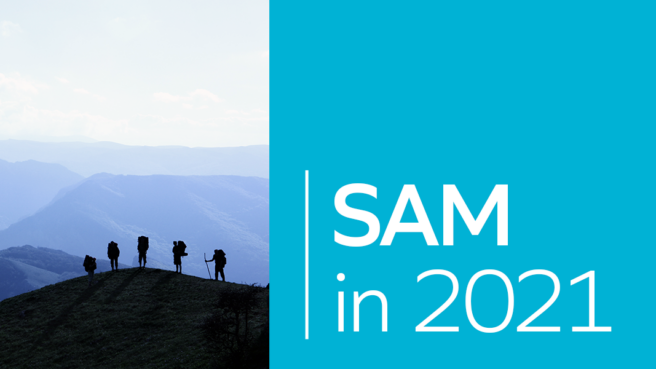SAM in 2021: Success Starts With a Strong Foundation

When polled in Snow’s IT Priorities Report, over three-quarters of IT leaders believe the pace of digital transformation has significantly increased in the past year, and it is unlikely to slow down.
Businesses are doubling down on technology that helps them remain flexible and most of all, competitive. With skyrocketing cloud use and software applications being regularly introduced directly from the workforce, many organizations have lost track of the technology being used across their business. Technology blindspots can leave a business in a position of risk – and potentially mean leaving money on the table.
A comprehensive software asset management (SAM) program can provide complete visibility and usage data of your software, application, cloud and hardware assets so IT teams can better manage costs, improve security and minimize costly regulatory and compliance risks. But how do you manage your SAM program for optimal results?
As we mentioned in our last blog, your first step in managing a sprawling IT landscape is determining your current SAM maturity. Understanding your entitlements and what is installed is a start. But the real value comes when you understand what you are using, who is using it and how to build a framework for future purchasing.
Create policy framework aligned with business outcomes
The most successful SAM programs start with a policy framework that provides a clear and consistent structure and alignment with business outcomes. Proper preparation is the key. Clarify that your vision aligns with what the new technology will provide and define governance, people, and processes that need to be in place to leverage the technology when it is deployed. This reduces the time to value and ROI period.
When it comes to your team, inclusivity is always critical. Gartner says those who develop policy in isolation will find their work unread or ignored, so it’s a good idea to assess whether to integrate SAM governance into existing policies or develop a stand-alone document.
Clearly define roles and responsibilities
Another important component to a successful SAM program is ensuring all of IT has a strong understanding of the program and their individual role within it – not just the role of your SAM manager. Teamwork across your organization is the biggest success driver for truly minimizing the risks of non-compliant software. Defining roles can be different for every organization, but the one component that should stay the same is that a SAM practitioner is the one that has connections to everyone and provides valuable insight. The SAM practitioner is essentially the glue that brings all the different parts of the organization together. While the program manager oversees the full lifecycle of software, all of IT should support the resulting SAM policy and processes developed.
Likewise, key executives within the organization also have a role to play. Gartner recommends having the SAM program policies be signed off by the CEO to avoid any disruption. The CEO and others can also lead by example when it comes to adhering to defined processes.
In addition to software management being ‘everyone’s responsibility,’ there are specific tasks that make up a successful SAM program, and they bridge your entire organization. The below chart represents a suggested scope of work.
A = Accountable. Has final decision-making authority and accountability for completion. Only 1 per task.
C = Consulted. An adviser, stakeholder, or subject matter expert who is consulted before a decision or action.
I = Informed. Must be informed after a decision or action.
R = Responsible. Assigned to complete the task or deliverable

Tips for success
Establishing this organizational-wide breakout of responsibilities will help you achieve the best possible results and deliver the highest ROI on your SAM strategy. Specific tasks that address the entire software lifecycle and other key policy considerations will also boost your success. While the above chart is only an example, you can fill out the chart for your own organization and get a more accurate sense of how roles and responsibilities are distributed.
Remember, building a comprehensive software asset management program is not a sprint, it’s a marathon. In your SAM program, you should identify the key business objectives and prioritize what needs to be done based on those objectives and executive leadership support. It takes time to put things in place so don’t try to do everything at once!
This post is the second in a series of articles on SAM. Watch for future posts that will include insights on bringing SAM into the entire software lifecycle, how-tos on implementation and more.